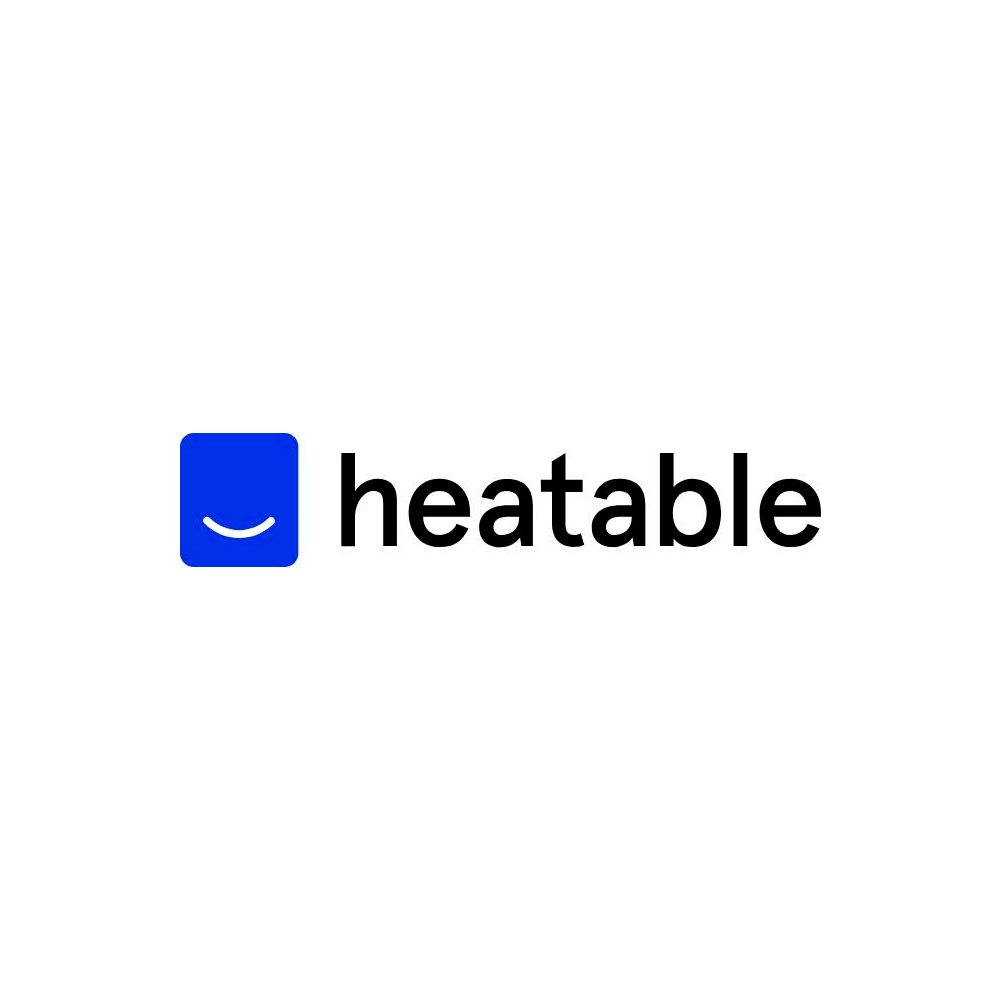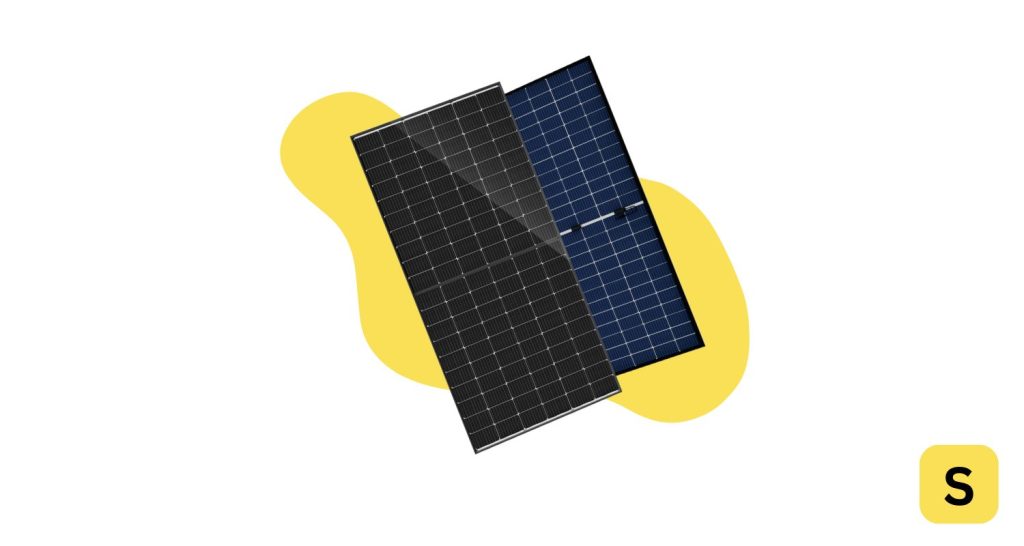High-watt solar panels generate more energy thanks to their larger size, but the most powerful models are typically only suitable for commercial use due to their weight and dimensions.
For residential properties, solar panel wattage generally maxes out at around 500w, which is still highly efficient for home energy needs.
Every solar panel is given a wattage rating, indicating how much electricity it can generate per hour in direct sunlight. However, when it comes to solar efficiency, bigger isn’t always better – especially for home installations.
Currently, one of the highest-wattage solar panels on the market is the 710-watt panel from HuaSun.
However, solar panels with a 700w+ capacity are primarily designed for commercial applications, such as large-scale solar farms and industrial setups.
For homeowners, the most powerful solar panels typically range up to 500w. This limitation is due to several factors, including size, weight, and available roof space.
High-watt panels tend to be too large and heavy for most residential rooftops, where a balance between efficiency, installation practicality, and structural integrity is crucial.
For homeowners looking to maximise energy production, high-efficiency solar panels in the 400w to 500w range are often the best choice. They provide strong performance without the challenges of installing oversized, commercial-grade panels.
Pro tip: Avoid upsells and confusing packages—choose a provider with a clear, fixed-price quote that won’t change. Heatable, a Which?-approved solar installer, offers transparent pricing with no surprises.
Most Powerful Solar Panels UK
The table below provides a comprehensive overview of the top ten solar panels by rank, including brand, model, power output, efficiency, and warranty period:
| Rank | Brand | Model | Power Output | Efficiency | Warranty |
|---|---|---|---|---|---|
| 1 | SunPower | M Series | 430 W | 22.8% | 25 Years |
| 2 | LG | NeON R | 440 W | 22.1% | 25 Years |
| 3 | REC | Alpha Pure-R | 430 W | 22.3% | 25 Years |
| 4 | Solaria | PowerXT-400C-AC | 400 W | 20.2% | 25 Years |
| 5 | Panasonic | EverVolt | 380 W | 21.7% | 25 Years |
| 6 | Q CELLS | Q.PEAK DUO BLK-G9+ | 405 W | 20.6% | 25 Years |
| 7 | Trina Solar | Vertex S | 410 W | 21.2% | 25 Years |
| 8 | JinkoSolar | Tiger Pro | 415 W | 21.4% | 25 Years |
| 9 | Canadian Solar | HiKu7 | 410 W | 20.9% | 25 Years |
| 10 | LONGi | Hi-MO 5 | 405 W | 21.0% | 25 Years |
Check out our summary of the best solar panels in the UK in the video below:
Will there soon be higher-watt solar panels on the market?
There have been solar panels released with higher than 700 watts, for example, the 800-watt Jumbo from JA Solar.
However, these panels are huge at 2.2m high and 1.75 m wide it is unlikely they will become available for domestic use anytime soon.
What does wattage mean?
Watts on solar panels refers to the amount of power a panel can produce per hour, indicating it can produce more power in comparison to other solar panels with lower wattage.
Though high-watt power ratings are preferable, they are not the only way of judging the performance of a panel.
How else should you judge a solar panel?
- Efficiency of the solar panel – the efficiency of a solar panel refers to the percentage of sunlight it can convert into usable electricity, i.e. the higher the better (they typically cap out at around 23%).
- Degradation rate of the solar panel – The degradation rate of a solar panel refers to the decrease in its electrical output over time.
- Performance guarantees – many solar panel manufacturers will guarantee a set performance for a certain period, the higher the better, e.g. they may guarantee over 85% efficiency for 25 years.

Are higher-watt solar panels more efficient?
Put simply, higher-watt solar panels have more solar cells. They are not necessarily more efficient, but they produce more energy because they are bigger in size.
Hence why they are more commonly used in commercial settings.
Higher wattage means more energy is produced, so in turn, the best solar system has the highest watt panels, right? Not strictly…
There is a connection between efficiency and wattage, however, a far more important metric is referred to as Price Per watt.
Price Per watt is simply the cost of the panel divided by the wattage. You can use this metric when comparing panels for purchase.
For instance, the final cost of an installation can be calculated using the cost divided by the watts, which will provide you with the price per watt of the completed installation.
For illustration, panels in the 300 W-350 watt range cost around 40p/watt. However, solar panels within the 390-450 watts can be as much as £1 to £1.50/watt. That means you are paying as much as 3x more for the same energy production.
Therefore, always use Price Per Watt to help you determine the final cost of a system – it’s an extremely useful metric.
What about commercial installs?
However, if you are in a commercial setting and have the space, going for the highest watt panels over the most efficient could be more cost-effective for you and the amount of electricity you are aiming to produce.
Get a free estimate for your solar with the experts at Heatable:
- It’s free, easy, and without obligation
- Compare quotes & get the best prices
- Save up to £660 per year

How to achieve more power from a solar panel
With more powerful solar panels hitting the market all the time, it is becoming a race to have the highest-watt panel for sale.
Companies such as Trina Solar, JinkoSolar, and JA Solar all now sell panels at 600 watts or more.

So, how are they achieving this?
There are 5 ways to increase the wattage of a solar panel, including the following:
- Increasing the size of the panel. The more cells in the pane, the more energy it can generate.
- Reducing the size of the cells. Half-cut cells are becoming more common. Enabling you to have twice as many cells in the same size panel.
- Introducing bifacial panels. As the name suggests, these have solar cells in both sizes to double the number of cells they can hold. Note, it is not usually possible to install these on rooftops, and they are better for ground-mounted setups.
- Using N-type cells. These have a lower degradation rate than p-type cells, which were more commonly used in the past.
- Increasing the panel’s efficiency. Though this is yet to be the main reason panels can have high wattage, solar companies are constantly striving to develop technologies and increase the efficiency of solar panels, which currently run at a maximum of 20% efficiency.
Why are high-wattage panels more popular?
The main reason we want more high-watt solar panels on the market is to reduce energy costs and increase the amount of renewable energy we can produce.
Larger high-watt solar panels need the same amount of wiring, connections, and labour as small panels.
Therefore, the larger, high-watt panels a solar farm has, the more energy it can produce for the same installation cost.
How big are high-watt solar panels?
In the past, solar panels have been available in two main sizes:
- Standard size – this was 60 cells per pane, 1.65m high x 1m wide.
- Larger size – this was 72 cell panels used for commercial use, 2m high x 1 m high.
There were also some manufacturers producing 96 and 104-cell panels, which were larger in size.
New panels now becoming available are up to 2.4m long and 1.3m wide, making them 20-30% larger.
While increases in the efficiency of panels haven’t jumped much in the last few years, the size of panels is what is generating a jump in wattage and leading to the increased amount of energy a solar farm can generate.
Pros and cons of the highest-watt solar panels
Here are some of the major advantages and disadvantages of high-watt solar panels:
Pros:
- Fewer panels. Higher watt output means you need fewer panels, which means less equipment to go with it and reduces installation cost.
- The latest technology. Typically, higher-watt panels are newer series, meaning you benefit from the latest technology. It was only in 2020 that the first 600w panel was released by Trina Solar.
- Ability to harvest a lot more energy.
Cons:
- Expensive. You’ll likely have reduced installation costs, but the price per panel is higher.
- Heavy. The larger size means they are heavier, making them unsuitable for most rooftop installations.
- Technology isn’t any better. Though you’re likely to enjoy the latest technology with newly released high-watt panels, the technology isn’t superior to small panels with lower wattage.
Are high-watt panels worth the investment?
High-watt panels are often worth it in the following applications:
- Installing for a large-scale commercial setting.
- If you are creating an off-the-grid residential system.
- If building a solar farm.
- If you have the space for a ground-mounted system over a rooftop one.
- If you want and have the space for bifacial solar panels.
What watt is best for domestic solar panels?
Most solar panels on the market for domestic use range from 300 to 400 watts.
A higher-watt solar panel will produce more energy for your home however, there are other factors to consider when buying.
Not all high-watt solar panels are created equal, and some are more efficient than others.
Additionally, the warranty vs degradation rate, price, and size should all be considered.
Highest Watt Solar Panels Conclusion
As mentioned, the wattage of a solar panel is directly correlated with its power generation, however, the highest wattage available is not going to be suitable for domestic use due to their weight.
If you are looking for a domestic solar panel, make sure to consider other factors that are just as important, including the efficiency of the solar panels, their degradation rate and the manufacturer’s performance warranty.
Get a quote today and find out exactly how much solar is likely to cost you.
We always advise households to seek multiple solar installation quotes (at least three), so that you can compare quotes and get the best price possible.
Related solar guides:
